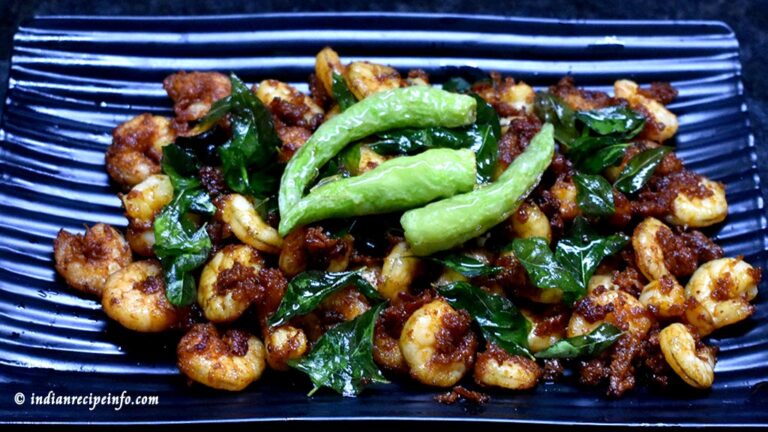Fish Head Curry Recipe
The Fish Head Curry Recipe is one of the popular mouth-watering dishes from the Southeast Asia region, and Singapore and Malaysia are considered their origins. In the name itself, it has the head portion of the fish, basically with a red snapper or grouper type. The whole thing will be braised in rich and warm curry sauce. It is one of those dishes that combines tender fish meat, the curry flavor, and many other vegetables.
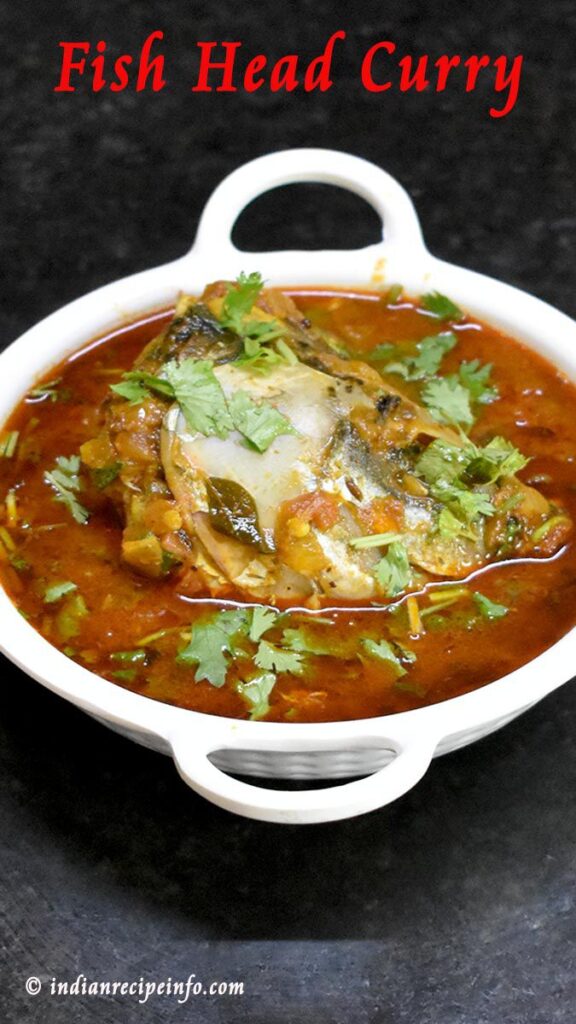
About Fish Head Curry Recipe
Fish Head Curry is a very flavorful and aromatic dish, hailing from the South Indian and Malaysian cuisines. For its name itself says, this dish contains the head of the fish, especially deep-fried in a rich, thick spicy curry sauce. It is very widely popular in areas with a strong presence of South Indian and Malaysian culinary influence.
Serving:
It is usually served with steamed rice, Indian bread like naan, or any type of rice-based dishes like biryani.
The richness in flavor and spiciness complement the palatability of the rice, hence providing a balanced satisfaction.
Variations:
This recipe is different from place to place and culture to culture. Some versions might include different combinations of spices, vegetables, and types of fish.
The spiciness level can also be heightened according to the taste buds and the type of fish used in some variations. In some variations, coconut milk will also be added earlier to give the dish a better creamy texture.
Cultural Significance:
It is not only sumptuous but also cultural. Oftentimes, it will be served on festive occasions and other celebrations.
This dish is a popular and iconic recipe in Malaysia, mainly among the Indian-Malaysian community.
Here are a few finger-licking recipes:
How to make fish head curry recipe:
1. Clean fish heads with crystal salt and turmeric powder, if you do not like to have eyes you may discard them.
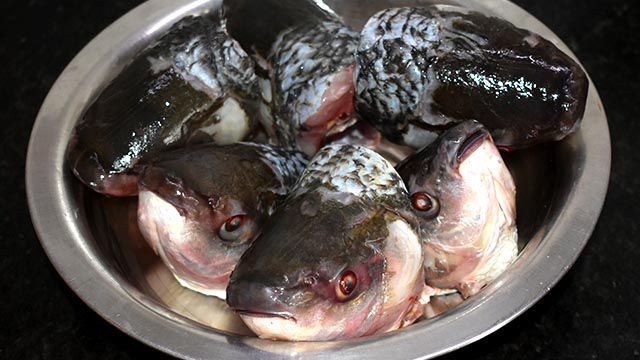
2. Put tamarind pulp in a bowl and add required water to soak it.

3. Heat oil in a kadai and fenugreek seeds, mustard seeds and cumin seeds.
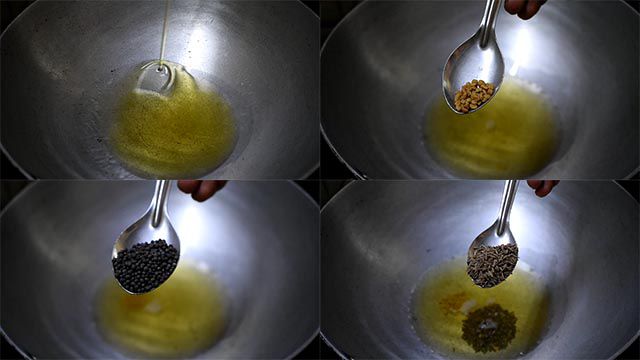
4. Add sliced onions, slit green chilies, fresh ginger garlic paste and curry leaves.
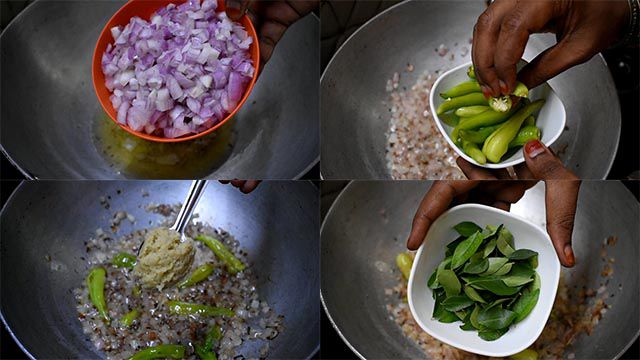
5. Put minced tomato and cook for 2 minutes with lid covered.

6. Add turmeric powder, crystal salt (it gives good taste), red chili powder and mix well.
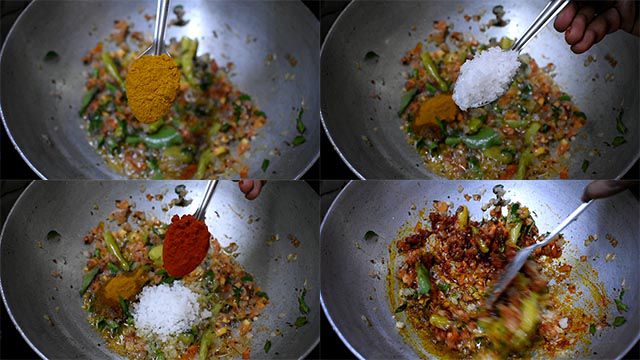
7. Put fish heads (if you do not like you may discard fish eyes and other parts), Mix well and cook for 2-5 minutes with lid covered.

8. Squeeze and extract tamarind pulp, put tamarind pulp water, mix and close the lid. Cook for 5 minutes on medium flame.

9. Sprinkle coriander powder and fish masala powder. Garnish fish head curry recipe with coriander leaves.
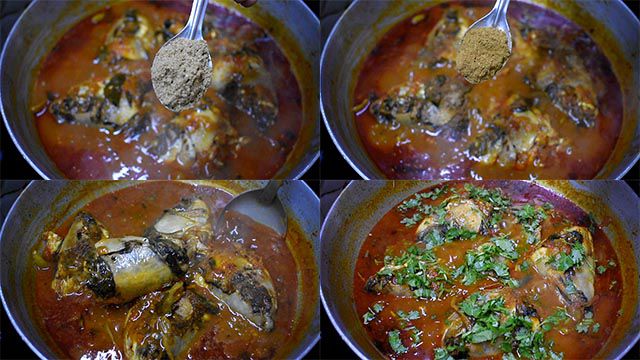
Watch Fish Head Curry Recipe Video on YouTube.
Pro-Tips:
- Fresh Fish Head: The head, for instance, should be fresh and possibly of the bigger fish, including red snapper and grouper. It should have bright red gills and clear eyes with a fresh ocean smell.
- Clean the marinate the head, together with its flesh: Clean the fish head thoroughly to remove any odors from the fish. Marinate it with a mix of turmeric and salt to take away its pungent smell and flavor it.
- Aromatic Spices: Spices and their use Whole spices, cinnamon, cardamom, cloves and others, give curry the depth required for it. Temper them using hot oil. This makes the base aromatic.
Fresh curry leaves, ginger, and garlic give the best flavor. Fresh curry leaves have a special smell in curries. - Spice Balancing: One can balance the spices according to the level of spiciness they like. Red chili powder and green chilies can be put in proportion according to taste.
- Tamarind Toning: Tamarind gives the sour tones to your curry. Take a minimal amount first and adjust according to the right proportions of flavours.
- Coconut cream or coconut milk: Adds a bit of richness and creaminess to the curry. Do not heat it too high as it curdles.
- Cook Fish Head Simmer the fish head in the curry over low heat until cooked. Overcooking makes it all mushy.
- Vegetables: For flavor, color, and texture, okra, eggplant, or tomatoes may be added to complete this meal.
- Balancing of heat and creaminess: Because coconut milk is a little creamier, the feeling of the spicy heat that comes from spices creates an ideal all-around flavor.
- Garnishing: Sprinkle finely chopped cilantro leaves (coriander) mixed with sliced green chilies as garnish.
- Use a wide pan and a deep vessel in order to cook curry. After that, take sufficient space for the head of the fish and the curry to stew.
- Avoid Stirring Excessively: Avoid mixing the curry too vigorously for the heads of the fish is highly sensitive and prone to breaking.
- Resting: Once it’s cooked, let the curry rest a while. In return, it will mix the flavours.
- Serve with Accompaniments: Fish Head Curry is best served with steamed rice, although it goes quite well with Indian bread like naan or roti.
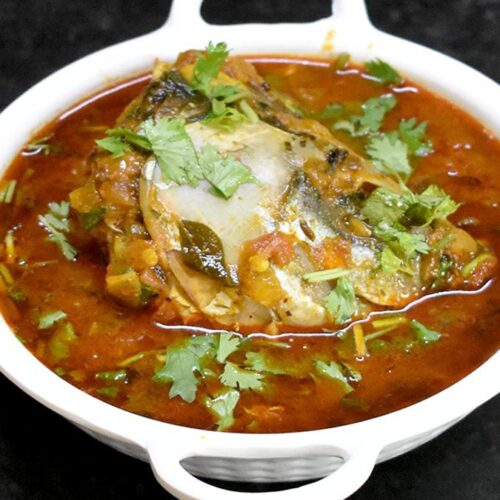
Fish Head Curry Recipe Card
Fish Head Curry is apopular and flavorful dish that originates from Singapore, Malaysia, and otherparts of Southeast Asia.
Ingredients
- Fish Heads – 6 No.
- Tamarind pulp – fist full
- Water – to soak and add in curry
- Oil – 4-5 tbsp.
- Fenugreek seeds – ¼ tbsp.
- Mustard seeds – ½ tbsp.
- Cumin seeds – ½ tbsp.
- Onions – 1 bowl minced
- Green chilies – 1 cup slit
- Fresh ginger garlic paste – 1 tbsp.
- Curry leaves – 2-3 tbsp.
- Tomatoes – 1 cup
- Turmeric powder – 1 tbsp.
- Crystal salt – 3 tbsp.
- Red chili powder – 1 ½ tbsp.
- Coriander powder – 1 tbsp.
- Fish masala powder – 1 tbsp.
- Coriander leaves – 3-5 tbsp.
Instructions
- Clean the fish heads with crystal salt and turmeric powder; if you don’t want the eyes, remove them.
- Place the tamarind pulp in a basin and cover with water to soak.
- In a kadai, heat the oil and add the fenugreek seeds, mustard seeds, and cumin seeds.
- Combine sliced onions, slit green chilies, fresh ginger garlic paste, and curry leaves in a mixing bowl.
- Add the minced tomato and simmer for 2 minutes with the lid on.
- Stir in the turmeric powder, crystal salt (for flavour), and red chilli powder.
- Add fish heads (if desired, discard fish eyeballs and other pieces), mix well, and simmer for 2-5 minutes with the lid covered.
- Squeeze and remove the tamarind pulp, add the water, mix, and close the lid. Cook on medium heat for 5 minutes.
- Garnish with coriander and fish masala powder. Garnish the fish head curry with coriander leaves.
Recipe Video
FAQ on Fish Head Curry:
- What is Fish Head Curry? The recipe for South Indian and Malaysian cuisine consists merely of cooked fish heads in flavourful spicy curries of curry sauce with strong aromatic spices and ingredients.
- Which fishes do you generally use for the curry? Especially large meaty headed fishes types, red snapper, grouper, and mackerel are used in this curry preparation. These fishes are large with copious flavors in them.
- Is Fish Head Curry Spicy? This curry may be hot or less spicy in the case of a recipe you use and your own taste preferences. Its flavors are said to be balanced with spices and heat, that will please many.
- What preparations are done on the fish head before cooking? First, Sanitise the fish head by applying haldi powder and crystal salt. In Andhra people rub the head on a rough surface by cleaning outer layer and then marinate it again with turmeric and salt for the removal of the fishy smell and to bring out the taste.
- Typical ingredients used for making Fish Head Curry? As a main ingredient, Fish heads, haldi powder, tamarind to give tangy and juicy gravy, aromatic spices curry leaves, fresh extract of coconut milk, tomatoes, onions, ginger-garlic paste, mustard seeds, fenugreek seeds, and others.
- What is the role of tamarind in this curry? Tamarind is used for its sourness and acidity to check the richness and spiciness of the curry.
- Can the spiciness level in how hot or not Fish Head Curry may be? Yes, you can, in which case by letting adjustment of the red chili powder and number of green chilies.
- What do I Serve with the Curry? This Curry is basically created to be served over steamed rice, but Indians love having it with Indian bread like naan or roti.
- Can this Fish Head Curry be frozen? Of course, you can freeze this recipe, but it breaks down its texture when thawed. Best consumed fresh.
- Can I use other vegetables in the curry? Of course, you could add okra, eggplant, and tomatoes to the curry for added flavor and texture.
- Does Fish Head Curry contain gluten? It is gluten-free as its made in traditional way. If you are adding any other sources then we need to adjust as per your taste.
- Can I use canned coconut milk? Naturally extracted coconut milk gives added flavour but Of course, you can use canned milk to make the creamy texture in the curry.
- How long does it take to cook the recipe? I’d say cooking time depends on the size of the fish head and the heat used; however, it should take at least 20 to 30 minutes to be finished.
- How do I make Fish Head Curry mild for my little ones? No problems at all. You can even make the curry mild by adjusting the red chili powder and green chilies in preparing the curry.
- How long in advance can I make Fish Head Curry? Fresh is best when prepared. It may be made ahead up to a few hours in advance, though, and refrigerated until needed.
